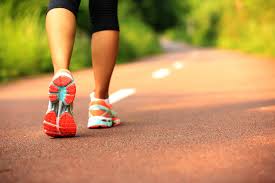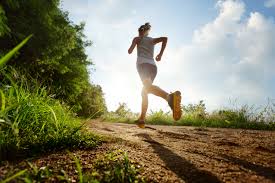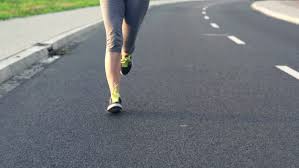I’m having surgery tomorrow morning. Early. Check in time is 6:45 AM, with surgery scheduled for 7:00. I’m not looking forward to it, but who ever really looks forward to having surgery. I’m worried. Okay, more than a little anxious about the pain, since the type of surgery I’m having is rumored to be excruciating.
In an effort to keep my teeth decay-free during this horrid two and a half years of wearing braces, I’ve overzealously brushed and flossed and managed to severely damage the gums around my bottom four front teeth. Because of the gum recession, the bone density of the roots on two of the teeth has already decreased to such a dangerously low point that I am at risk of losing the teeth. Ugh!
Surgery preparations—
Of course there is a mile-long list of things I must do and must not do prior to the procedure. Like: stop all anti-inflammatory meds (like Advil, ibuprofen, etc.) four days prior to surgery so my blood clotting capability isn’t affected; and no concentrated caffeine drinks, like Red Bull. (No problem there.) No strenuous exercise 24 hours before surgery (I should have asked him to define “strenuous.”) And stop food and water intake six hours before.
The process—
He’ll be carving out tissue from the roof of my mouth and making new gum out of it to cover up the exposed roots. To enhance healing, he’ll be drawing my blood and mixing the platelets and stem cells with tissue and applying that to the wound. I won’t be able to apply ice packs anywhere near the surgery site (ice is always my pain treatment go-to) because any pressure to the surgical site can undo the delicate tissue. So much for the hoped-for ice.
Recovery time is six weeks, with the first several days off-limits to chewing, sucking liquids through a straw, (the vacuum can undo the sutures and tissue), or tooth brushing in that area. (I don’t think I’m going to attempt to brush any tooth in my mouth those first several days!) Room temperature liquids and swishing with water will be the norm.
Along with a lot of pain.
And that’s what I’m preparing the most for.
Meditating for mental (and physical) success—
The last thing I want to do is go into the morning exhausted and mentally overwhelmed. So I needed to spend today (the day before surgery) in mental and spiritual preparation for this three-hour, anesthesia-blessed procedure. I’m laying low, resting, doing some last-minute tidying up around the house so I can recover in a clean, dust-free environment.
And I’m spending a lot of time praying.
I’m asking God to prepare my body and mind for this, and to respond well, and joyfully. After all, my concern led to questioning the condition of my teeth, and two dentists recommending the best oral surgeon in town, a guy who uses the latest and greatest procedures to maximize success. And I managed to get this done before being surprised—like when my two front teeth might have ended up in a crisp apple I had just ripped into.
I’m thanking God for going ahead of me to prepare the procedure room, every last bit of equipment and the doctor and his assistant for the surgery. I’m requesting that God guides the doctor’s hands, and the assistant’s. I’m praying the procedure will go better than expected, and faster, with accelerated healing.
I’m also doing a lot of deep breathing exercise because that has the potential to decrease my stress and agitation and improve my immune system. (It’s the breathing in yoga exercises that makes that activity so successful health-wise.) Adding some light stretching will help, since I’ll be stuck in that chair for so long.
And I’m playing some of my favorite praise and worship songs, both high energy and low, to remind myself of God’s presence and promises and to increase my sense of awareness and presence—the state of mind and body posture one assumes when facing intimidating or stressful circumstances.
Overall goal—
In a nutshell, I’m focusing. And I’ll be leaning into the recovery. Resting as much as I need, or my body dictates. Setting aside other distractions. Maintaining a sense of peace and quiet amidst lots (or as much as possible) of smiles and laughter, even if they have to be internal. Doing a lot of general reading, which is a favorite activity I never have enough time for. I’m really looking forward to that!
And I’ll be spending a lot of time with my dogs, gazing into their eyes. Studies have shown that people holding gazes with their dogs showed increases in different hormones, like oxytocin, which is a feel-good hormone. Letting them give you pooch smooches also helps, but I won’t be able to allow them to do that. Too much risk to the graft.
It’s not going to be easy, and I don’t think I’ll ever be able to describe it as fun. But if everything goes according to plan, it won’t have to be as scary or painful or disrupting emotionally, physically or spiritually as it could be.
Reader request—
I would appreciate your prayers. At this point, I’m planning to be away from the blog for two weeks, so please check back around July 9 for the next Mediation Mondays installment.
Until then, thanks for keeping me in your thoughts and prayers, and be thinking about how you can lighten your mental and physical load through planned and structured meditation!
Blessings,
Andrea
May you prosper in all things and be in health, just as your soul prospers (3 John 2).
Photo Copyright Desiring God









